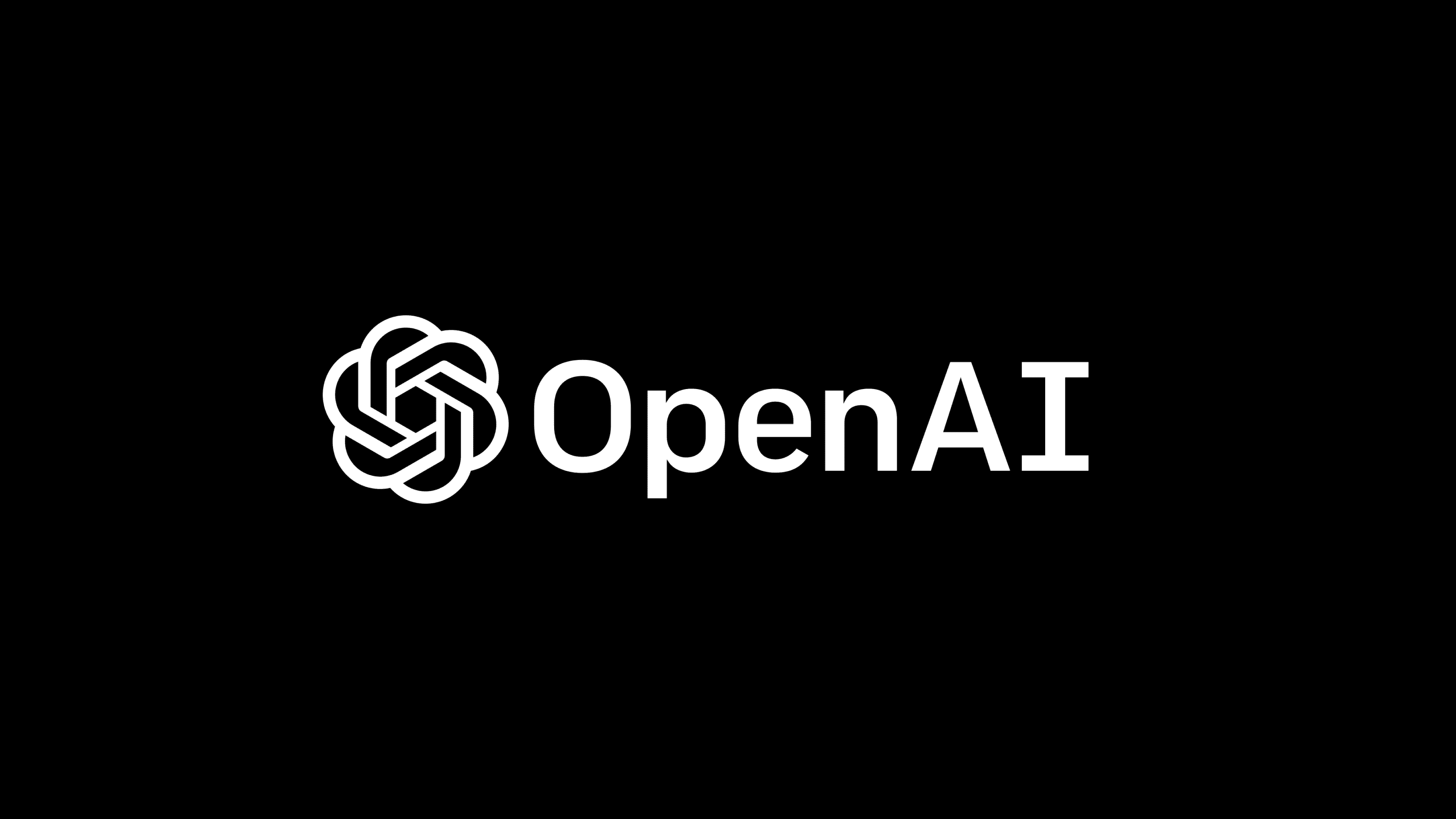
OpenAI #OpenAI
OpenAI, established in 2015 with the mission of ensuring artificial general intelligence benefits all of humanity, has rapidly become a dominant force in AI development. Initially a non-profit, it shifted to a capped-profit model to secure necessary funding, leading to significant advancements in generative AI. Their portfolio includes groundbreaking technologies like the GPT series, powering the widely used ChatGPT, and DALL-E, which generates images from text. More recently they have released Sora which creates video from text prompts. Fueled by a strong partnership with Microsoft, OpenAI continues to push the boundaries of AI, while also navigating the complex ethical considerations that arise from its powerful technologies.


.png.6dd3056f38e93712a18d153891e8e0fc.png.1dbd1e5f05de09e66333e631e3342b83.png.933f4dc78ef5a5d2971934bd41ead8a1.png)
